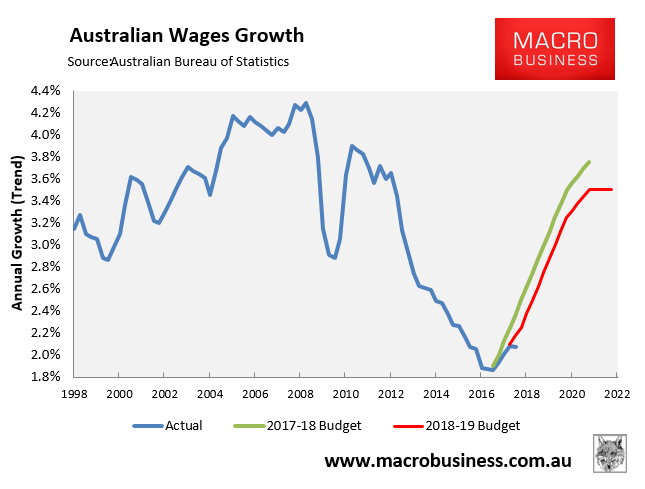How else to explain this complete rot from The Australian:
The overwhelming cost of the Turnbull government’s $144 billion income tax cut plan would go to quarantining millions of middle-income earners from future bracket creep, with only $9 billion in tax relief targeted towards high-income earners.
Exclusive data revealing the full 10-year funding envelope of the staged reforms challenges Bill Shorten’s argument that Labor will not support the full suite of cuts because it would be ultimately geared toward the wealthy.
The Treasury funding breakdown, obtained by The Weekend Australian, shows that in the third and final stage of the seven-year reform process due to kick in after 2024, the bulk of the tax benefit received would come from abolishing the 37 per cent tax bracket and would go almost entirely to middle-income earners on wages of $120,000 to $200,000.
This was deemed the most controversial as Labor claimed it would benefit the top end.
However, Treasury analysis of wage data forecasts shows that by the final year of the decade-long package, 2028, an income of $120,000 would be considered the average wage equivalent to $84,600 in today’s terms.
That’s a compound wages growth outcome based upon 3.5% per annum.
Now, I don’t know what economy the Australian Treasury is working on but it sure ain’t the Australian one:

3.5% for a decade is 150 year mining boom levels of wages growth.
How is this income boom going to happen as Australia plods through further terms of trade falls, household debt at best plateaus, and mass immigration leaves the labour market in a state of permanent supply side shock?
This is not credible economics.

